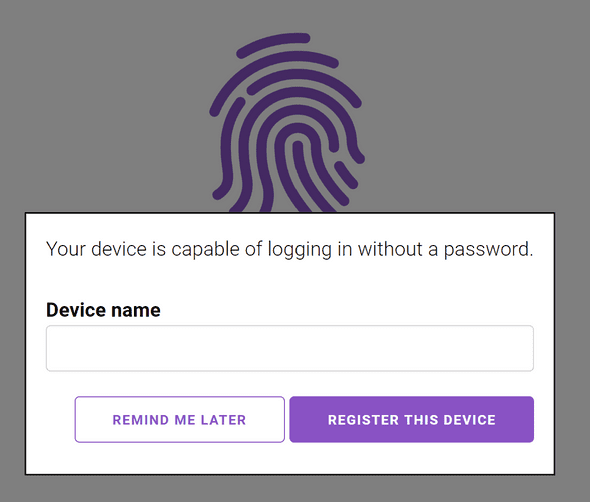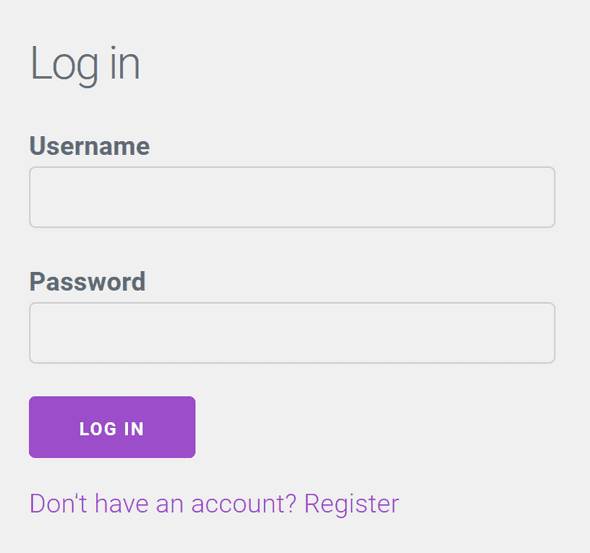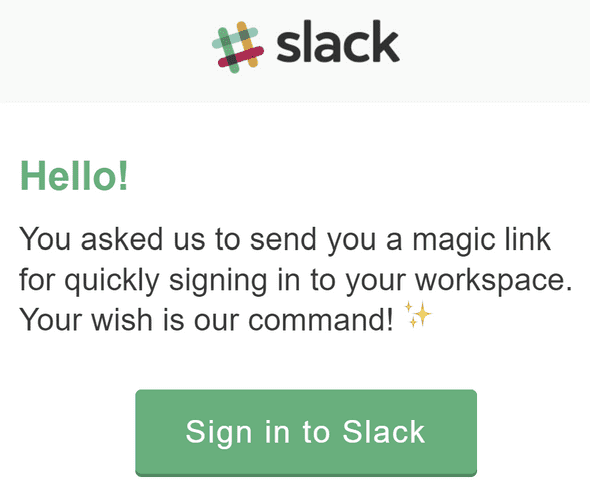Making auth better
January 26, 2020 · 📖 3 min read
Other posts in this series:
- Forget your passwords with the Web Authentication API
- The problem with passwords
- The Web Authentication API
How can WebAuthn be better for users?
Allowing a user to create an account without a password means their account is less likely to be compromised, and the use of more secure (when compared to SMS), and easier-to-use 2FA (when compared to one time passcodes). Those should do the trick!
You can try it out for yourself if you have an authenticator (remember: if you’re using a phone there’s a good chance you’re holding one). If you don’t have an authenticator, I’ve recorded a video showing how easy it is to register and login.
That all looks good, but there might be a few other things you need to consider.
How do I enable WebAuthn for my users?
Ultimately, a lot of these decisions are up to you/your company to decide, but I’ll give my thoughts below as well. Here are some things to think about:
🚧👷♀️ Still working on this bit 👷♂️🚧
Registration
- Passwordless login or second factor?
- Is a password still required?
- Is a password still allowed?
- Register the token now or later?
How do you make the feature discoverable?
How do you get more people using it?
• Hints on the login page?
• Prompt after logging in with password?
 • What kind of messages do you want?
• How forcefully will you push?
• What kind of messages do you want?
• How forcefully will you push?
Login
- Passwordless? Do you have a different login page entirely or a separate form?
- Usernameless? More conditions to meet, but it’s an option
- Fall back to using a password?

Account management
Manage devices:

- Nicknames
- Last used
- Prompt to (or automatically) remove “old” authentication methods

Account recovery
What have the big companies done/who can I copy?
- Twitter — single key
- Microsoft — many keys
- Facebook — many keys
- Google — many keys
- GitHub — single key?
Written by Ben Lowry who lives and works in Perth building useful things. You should follow him on Twitter
